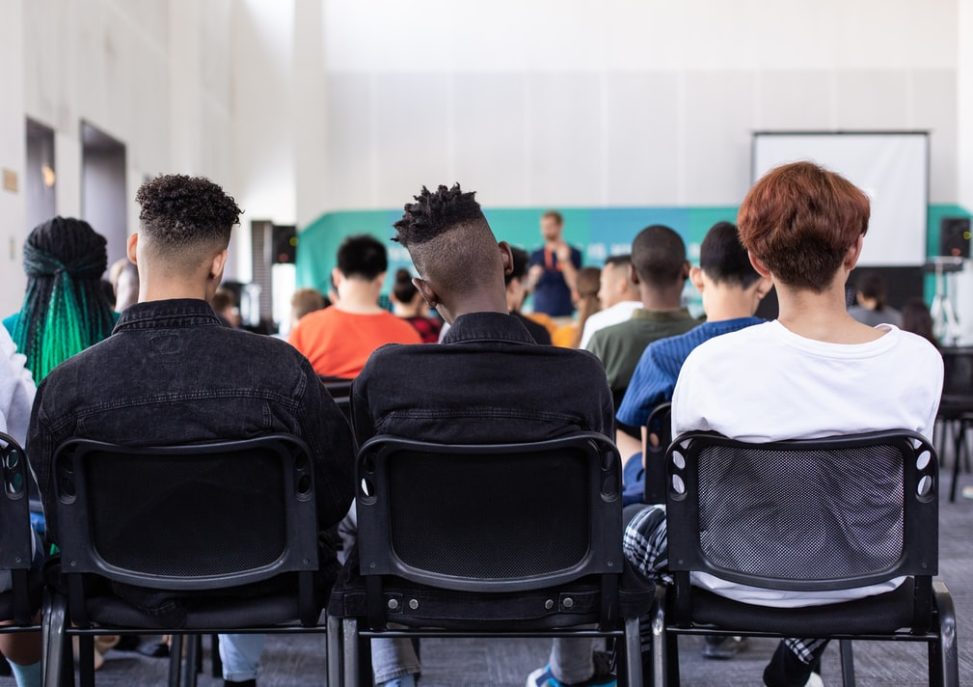This week in EDCI 336 we discussed Flipped Learning (sometimes called “Inverted Teaching”). This is a model wherein class instruction (ie. lecturing) takes place before class online. Class activities or hands-on learning then takes place during class time (as opposed to assigning this as homework, for example.
Here’s a short video introducing this learning model (albeit from a science perspective).
From the lens of a language teacher, I think that this model could be useful for encouraging more output from students during class time. Oftentimes, a good chunk of class time has to be spent on lecturing/teaching grammar concepts, verb conjugation, etc. The benefit of having a Flipped L2 Classroom might be that students can watch pre-recorded lectures on these topics before class and then bring any questions they might have to class. Therefore, a larger portion of class can be devoted to conversation activities or having students produce oral output.
The most obvious downsides for me of this model are two-fold: firstly, access to technology and high-speed internet for students to access the pre-class lectures is key. However, some students might not have access to these. Secondly, it would be very important to establish accountability for students. For example, the teacher might set up the occasional pop quiz on what was said in the pre-class lecture videos. Alternatively, it might be beneficial to use a learning management system (LMS) that allows the instructor to check whether or not students have watched the assigned lecture videos.
I haven’t been able to find a huge amount of resources/discussion around trying the Flipped Learning model in L2 classrooms, but here’s one other article I found about the possibilities of Flipped L2 Classrooms.

Leave a Reply
You must be logged in to post a comment.